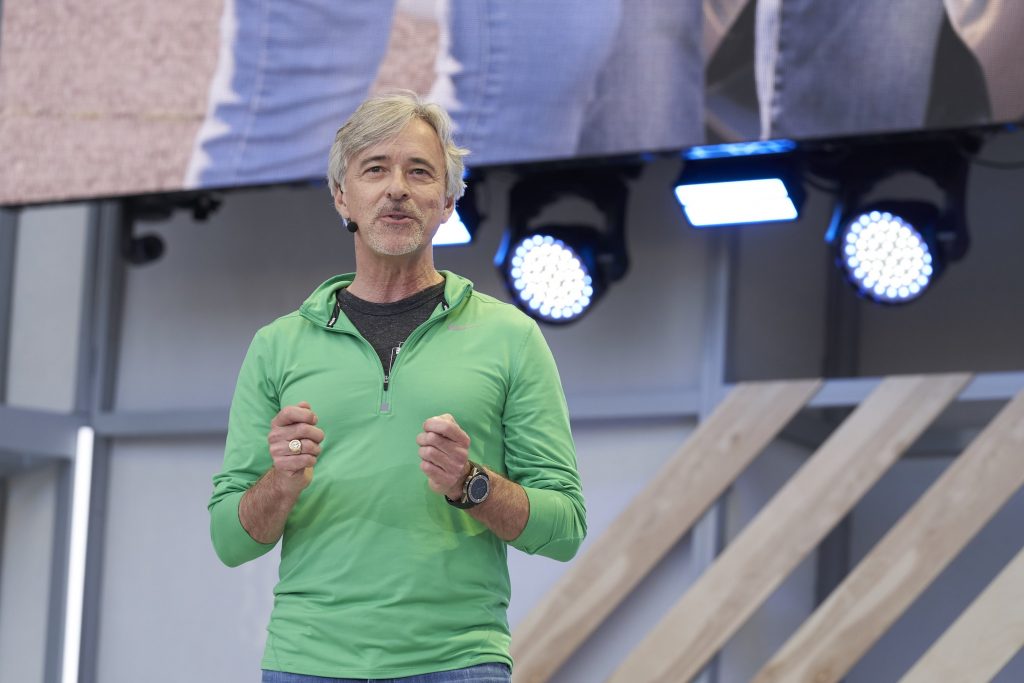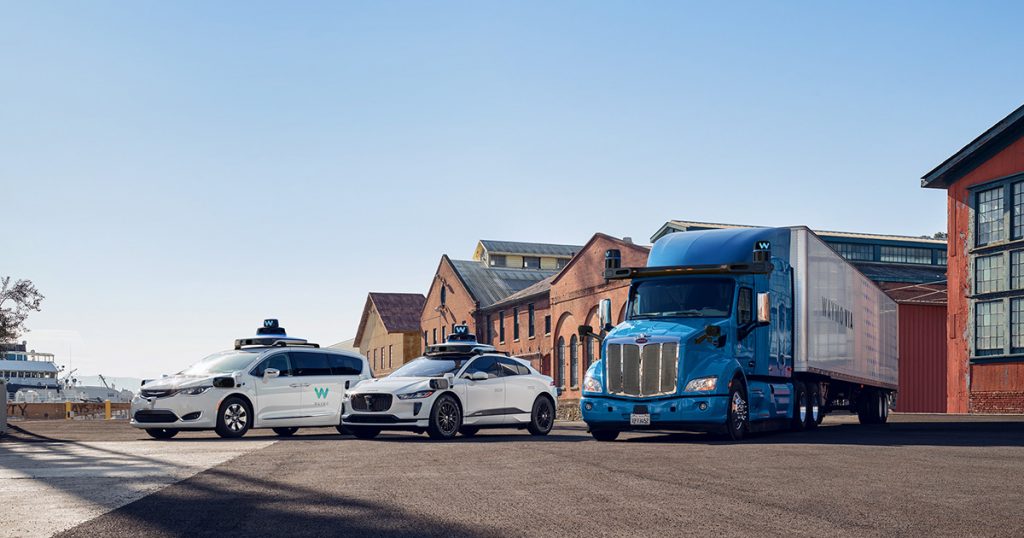
During a recent interview with the Financial Times, Waymo CEO John Krafcik discussed the company’s autonomous developments in 2020, and what’s to come in 2021.
Something quite interesting to come out of the interview (around 7:45) was this statement from Krafcik.
Our key technology is the driver, that’s the most important point, that’s what we’re here for. We’re not a car company therefore, so we really don’t see Tesla as a competitor, rather we see Tesla and other car companies working primarily in this driver assist area.
Waymo CEO, John Krafcik
This statement came after a question from SF Correspondent for The Financial Times, Patrick McGee, who asked about Krafcik’s thoughts on what Tesla was doing with Full Self Driving and how they may be pushing forward with the roll out, despite challenges with automation complacency.
The idea that Waymo and Tesla don’t compete is ludicrous. Waymo buys off the shelf sensors (like Lidar) and radar, and attaches them to 3rd party vehicles like Chysler Pacifica minivans, and the latest Jaguar I-Pace. This hardware is then leveraged by Waymo’s software smarts to perform autonomous driving. Waymo is also working on integrating with Class 8 Trucks, something that would go head to head with the Tesla Semi.
Update
To correct the record, Waymo does actually develop some of its own hardware.
My point is ultimately this. If you need to go somewhere, you’re going to pull out your phone and request a ride. You’ll have a choice to make, use the Waymo app, or the Tesla app.
They are absolutely competitors.


If you’re a transport and logistics company looking to move freight between point A and point B for the lowest possible cost, you’d really like to remove the cost of the human driver and the delays created by the mandated safety breaks for humans.
If you’re a fleet manager looking to buy your next truck in 2025, you’ll have a choice, buy a truck powered by Waymo’s tech, or buy a Tesla Semi, using Tesla’s tech.
They are absolutely competitors.
Right now Waymo has a fully operational autonomous service, in one very specific area, south-east Phoenix. When asked why we’re now 10 years on from Waymo’s conception and they still don’t have wide-spread service availability, it revealed the limitations of their technology stack.
Waymo relies on HD maps, that is cars driving around, mapping the city streets in high resolution, which are assembled as maps. These maps are then a reference for the autonomous vehicles to use when navigating the environment. This creates a dependency – only areas that a mapped can be driven autonomously. Naturally these have a currency issue as cities change and new streets and intersections are created and modified in cities at which point the area would need to be remapped.
HD Maps are inherently fragile.
With this approach, Waymo could spend the next 10 years mapping each city and extending their services to specific markets where they believe it makes sense commercially. This means internationally we’re unlikely to see Waymo services any time soon, and areas outside high density living like cities, are also unlikely to be serviced on a meaningful timeline.
Tesla takes a very different approach, a much more difficult one, but if it is achieved, will enable their cars to be able to handle virtually all environments. Tesla uses Computer Vision to learn how to handle situations, operating much like a human does.
When approaching a turn you’ve never been around before, you use your experience to predict what kind of speed and steering angle you need to complete the corner.
When an intersection or road changes, Tesla can see and understand the environment has changed and the driveable space, signs etc, has all changed and should adapt accordingly. This is incredibly difficult, requires a mountain of data to understand all the edge cases that a car may encounter.
Using the Computer Vision approach, in a connected car that receives over-the-air updates, the opportunity to scale the technology is enormous and will likely happen much faster than Waymo’s approach.
Waymo and others may indeed have success with their business model, but it just won’t be as applicable or likely to be part of my world in regional Victoria, Australia, any time soon, so its just harder to get excited about it.
The interview is 34 minutes long and well worth watching. As we head into this decade, driverless vehicles will become a reality, the only question is when.

no
You’ve indicated above that HD Maps are difficult to create, inherently fragile and have a currency issue. I believe this misunderstanding is at the base of confusion between the approach taken by all AV makers vs Tesla.
Creating a map of a new city involves driving one of their LIDAR equipped self driving cars on each street, followed by automated and manual labeling. Estimates for how long it would take to map a new city vary from “a couple days if we use several cars” (Zoox) to “a month or two” (Waymo – Krafcik)
Regarding fragility & currency – Waymo explains their approach in their blog (https://blog.waymo.com/2020/09/the-waymo-driver-handbook-mapping.html)
Extracts from the blog “Our streets are ever-changing…. Our system can detect when a road has changed…our vehicle can identify it, reroute itself, and automatically share this information with… the rest of the fleet in real time.”
If a street gets rerouted and every car after that follows the new path, how do they know when the original rout is available again?
Seams very prone to error….
It feels that the author doesn’t understand waymo’s platform adequately. Waymo’s perception process uses computer vision, not in a dissimilar way to Tesla. Indeed it has 29 cameras to complement its 6 radars and 5 lidars, which feed into its computing. This compares to telsa’s 8 cameras, 2 radars and, famously, 0 lidars.
Also the author incorrectly states that waymo uses 3rd party lidars. This is simply not true. Waymo manufactures its own lidars, and is well ahead on both the cost and capability, of what is available off the self. The CTO confirms all this in a fantastic interview here: https://www.youtube.com/watch?v=P6prRXkI5HM
Indeed, the interview suggests waymo completed its self driving capability years ago. Now it is doing that at scale, repeatedly, and with a commercial operating model that can be scaled.
Though they overlap, their core technology capability and their business models are very different. At this point, they aren’t competitors.
Hey AB, while it’s true Waymo has started developing their own hardware, their ability to scale is limited by the reliance on HD Maps. This was highlighted during the interview when their CEO was responding to the question about why its taking so long (reading between the lines).
You should then correct your article.
By the way, tesla also uses maps to navigates, they just don’t rely on it as much as waymo.
Also you seem to oppose tesla with computer vision and waymo in your piece, that’s not true.
Should we also read between the lines of your writing to understand it ?
Finally, maybe you don’t care, but the technology stack of waymo is interesting enough “to get excited about it”, but only if you work in tech i assume.
You’re right and I have now updated the post to correct that.